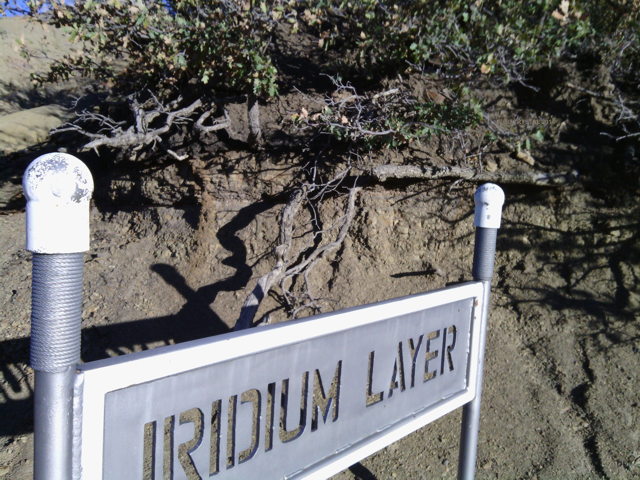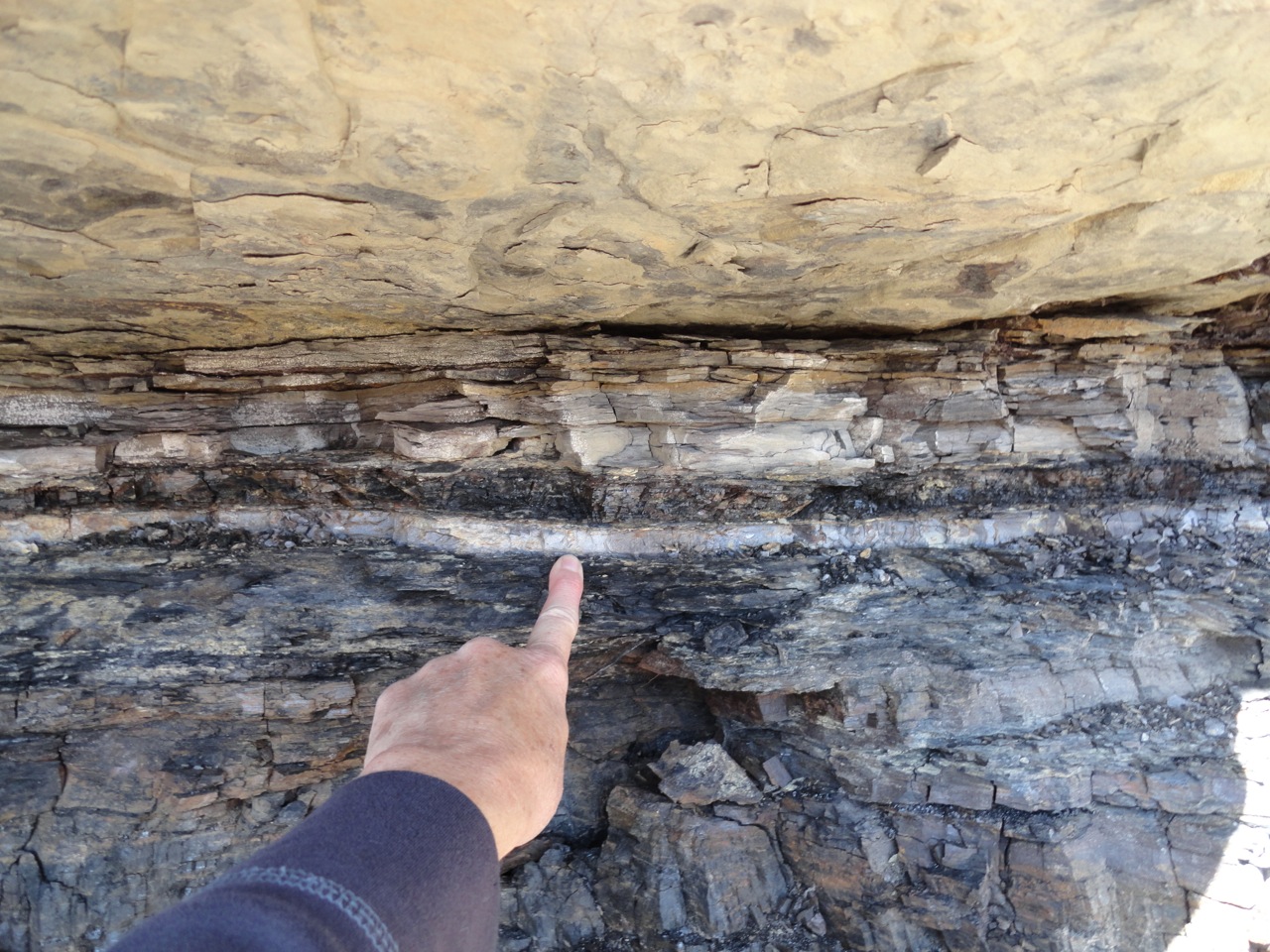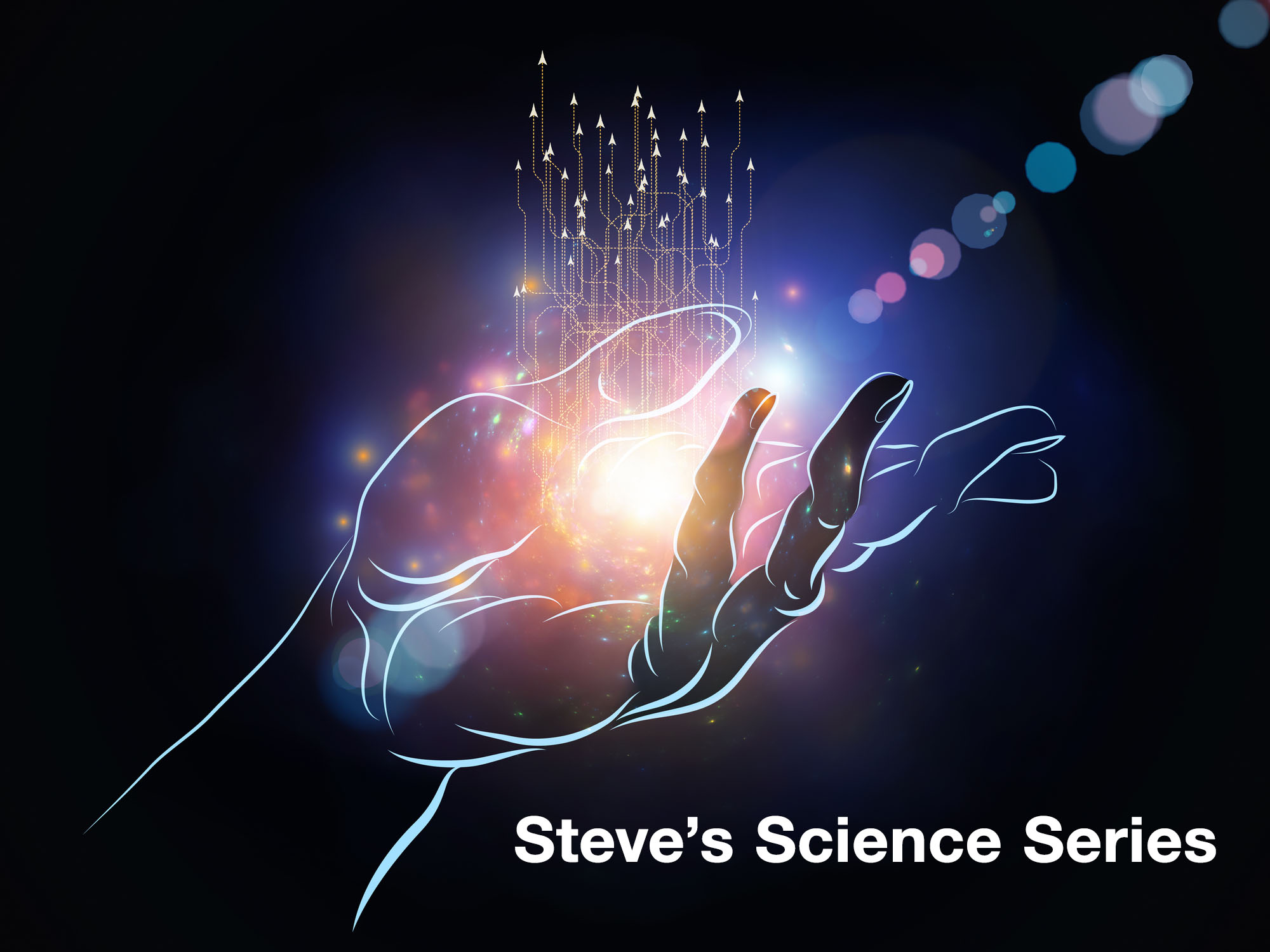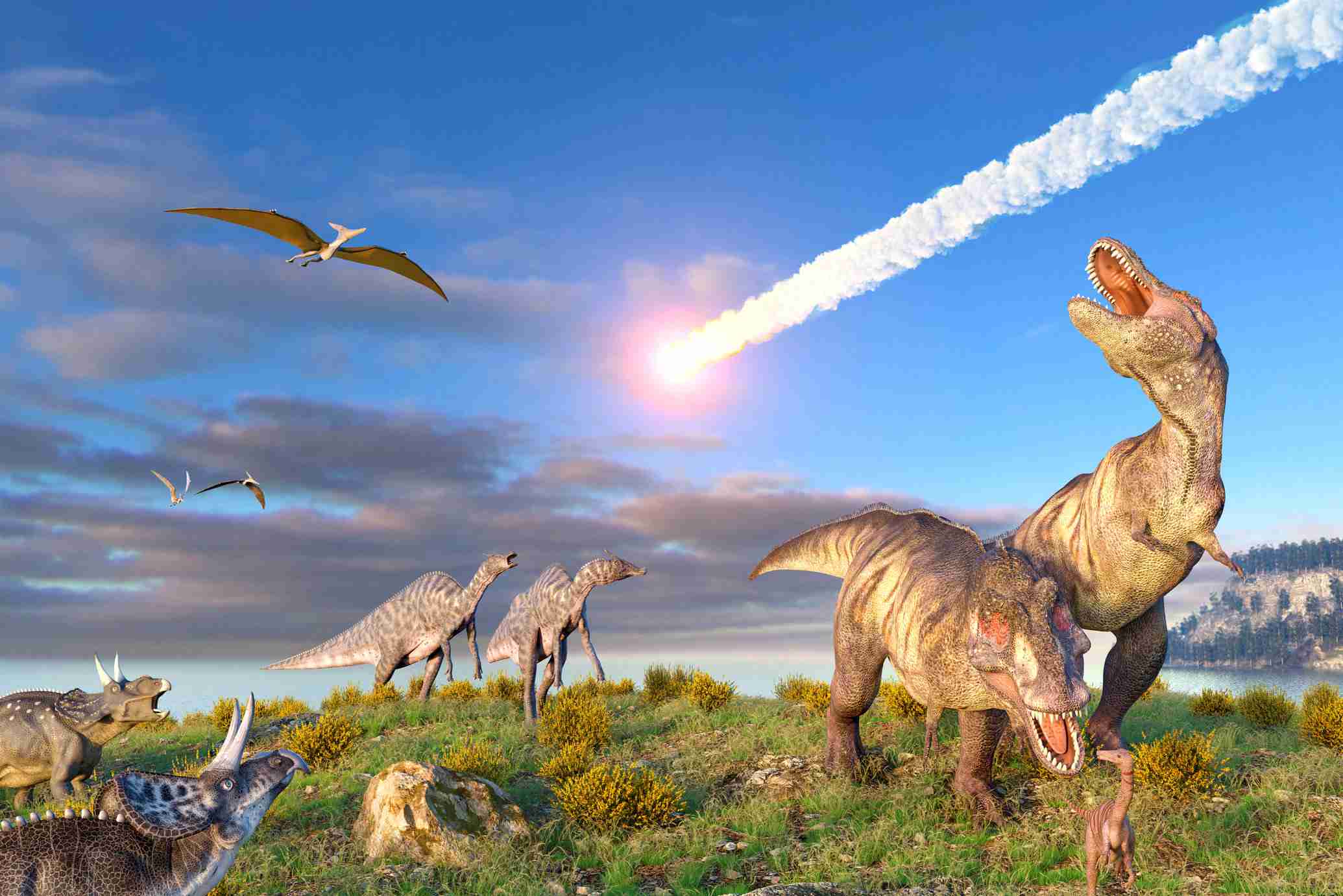4.567 billion years ago, our solar system began to “condense” from the nebula. Clumps of dust particles began to come together, part of a poorly-understood process that eventually led to the planets. The nebula had a potpourri of “stuff” in it. Mostly elements up to iron, with a heavy leavening of ones after iron, created in supernovas or even neutron star collisions. (Most gold is believed to have come out of neutron star collisions… next time you admire that gold coin or your wedding band… think about where that stuff has been! Any of it not from a collision got blasted out of a supernova at 70,000,000 miles per hour.)
Very large bodies, Moon sized and larger certainly, would heat up as they formed, from the potential energy of infalling stuff, and also from the fact that this dust had a lot of radioactive stuff in it. Many isotopes with very short half lives, like aluminum 26, were common then; we have no trouble seeing their traces in meteorites today. But back then they were a source of intense heat. Even today, much of the heat of the Earth’s interior comes from radioactive decay of uranium, thorium, and even potassium (which has one fairly uncommon radioactive isotope).
Those large bodies became molten, and the heavy stuff sank towards the center. Iron was quite common in the nebula, and iron is heavier than the sorts of things that became typical rocks, and so we today have planets with iron cores.
A lot of good stuff went down into the core with the iron, including gold, the platinum group metals (PGMs), and silver. Some gold hung around with the lighter slag since gold likes quartz. That resulted in gold being relatively more common than the PGMs in the Earth’s crust.
But a lot of things in the solar nebula got big, but not big enough to melt. They became asteroids, and they are relatively rich in PGMs as compared with the Earth’s crust. (If we can ever start mining those suckers… PGM prices will go down, and gold will go down somewhat… remember it’s relatively common in the Earth’s crust, but that means it won’t become as common, proportionately to where it is today, when we go after asteroids.)
So one sure-fire sign of a meteorite is extra PGMs.
There was once an asteroid the size of Mount Everest. It probably hung out in the asteroid belt for about 4.5 billion years; in fact, it hung out, wherever it hung out, for almost exactly 4.5 billion years.
Then something happened to alter its orbit. And then, sometime after that, perhaps within a million years, it chanced to encounter Earth.
It plunged through the atmosphere—which rapidly raised its surface temperature. Then it slammed into the ocean, at a point just off the coast of what we today know as the Mexican State of Yucatan. The rocks it hit were the worst possible thing it could find… sulfur-rich gypsum, calcium sulfate. The meteorite vaporized in an instant. And so did a lot of that gypsum.
The tsunami in the Gulf probably reached as far inland as Illinois.
The sky was filled with sulfur trioxide, which became sulfuric acid and rained out over the next few days. And the amount of sunlight reaching the surface of the Earth was cut, both by the sulfuric crud and just ordinary dust ejected into the stratosphere by the impact, putting another challenge on plant life which is at the root of the food chain. Fewer plants, fewer herbivores, fewer carnivores.
There’s good reason to believe life was already under stress from massive volcanic eruptions in what is now the Deccan traps in India. This was just exactly what wasn’t needed for icing on the cake. (Alternatively, the Deccan eruptions may have been triggered by the impact. Yes, even though they were almost on the other side of the world!)
75 percent of species died out, including almost all of the dinosaurs. Some of the ones that had taken to the air and had feathers and warm blood survived the next five years of darkness. And of course many of those little mammals survived too.
Thus ended the Cretaceous Period and the Mesozoic Era (which included the Triassic, Jurassic, and Cretaceous Periods).
The Cretaceous Period had lasted some 80 million years—note, longer than everything since. If you were to go back in time halfway to the beginning of the Cretaceous, you’d be in the Cretaceous.
65.6 million years later, give or take 300,000 years, a couple of geologists were investigating exposed rock near Raton, New Mexico (less than two hours away from me). They knew from fossil evidence that this little thin white stripe in the rock separated Cretaceous from Paleogene (which used to be called the “Tertiary”). Below the line, many kinds of dinosaurs were alive when the rock was deposited. Above it, only the birds.


I’m not 100% positive that this picture is from Raton, but it’s pretty much what it looks like there.
They analyzed the white stripe. It had 100 times as much iridium as the rock above and below it. Still not a lot (a hundred times almost, almost nothing is still almost nothing), but it was the smoke that showed the smoking gun was an asteroid.
An asteroid almost certainly killed the big “Jurassic Park” dinosaurs.
Many have read this story and come away thinking the asteroid was made out of iridium. No, no more than the gun found at the crime scene is made out of fingerprint oil. Iridium was along for the ride, but the sulfur the asteroid found at its destination probably did as much as anything to kill almost every large animal on Earth.
So what is this “iridium” anyway? It’s element #77, with 77 protons in the nucleus, tucked in between osmium and platinum. It was discovered alongside osmium in 1803/4 by Smithson Tennant, a story I told last week (see the March 27, 2021 "Osmium. This One Can Kill You." post at The Q Tree).
Iridium is almost as dense—the difference is so small you wouldn’t be able to perceive it. And it’s another one of those bothersome high-melting point elements… 600 kelvins below osmium but still 2400K. But it does not form iridium tetroxide and kill people. In fact, it may be the most chemically inert metal known, the noblest metal. It is not attacked even by aqua regia, a mixture of acids that will make short work of gold.
What I didn’t mention last week was that iridium tended to be the major impurity in those Russian platinum coins. It could be detected while processing the platinum, because at one point during that processing, some of the aqueous solutions would be orange or even red if any iridium were present, rather than yellow. And indeed when analyzed today iridium and iron are the major impurities in those coins.
Today, iridium can be rendered a solid, with some work. This video is well worth watching! Osmium is rarely made into big solid objects. Iridium, on the other hand…
The professor mentioned the price of iridium. It’s now running $6,000 an ounce. Back in early December it was $1,700, before that it was fairly stable, the 10-year chart shows a few years of $1,000/oz and even $600/oz iridium, before it blooped up to $1,500 in 2018, slowly rose to $1,700, and then went bananas.
http://www.dailymetalprice.com/metalpricecharts.php
And now for a link to the story of a man who had 2 kilograms of iridium powder, and decided to go get it melted. Some of you expressed interest in just how it works with these super-high-melting elements; there’s detail here for you.




